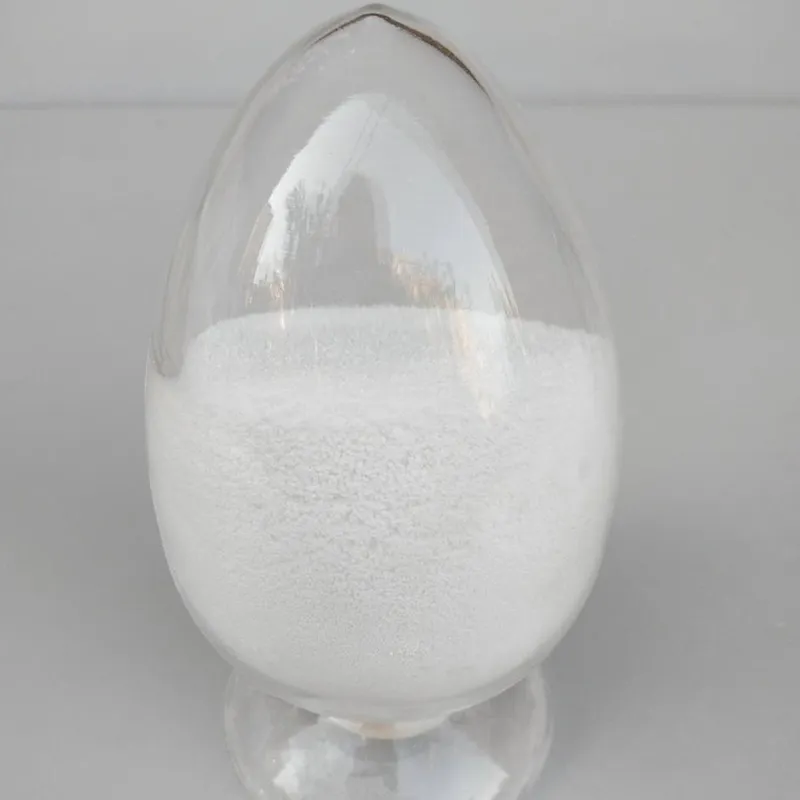
swimming pool water treatment chemicals
Essential Chemicals for Swimming Pool Water Treatment
Maintaining clean and safe water in swimming pools is crucial for ensuring a pleasant swimming experience. The clarity and safety of pool water largely depend on a systematic approach to its treatment, which involves the use of various chemicals. These chemicals serve several purposes, including disinfecting the water, balancing its pH levels, and preventing algae growth, among others. This article explores some of the essential chemicals used in swimming pool water treatment and their roles in maintaining pool hygiene.
Chlorine
Chlorine is one of the most widely used disinfectants in swimming pools. It effectively kills bacteria, viruses, and other harmful microorganisms that can thrive in pool water. Chlorine is available in several forms, including liquid, granules, and tablets. When added to water, it forms hypochlorous acid, which is the active agent responsible for disinfection. Regular monitoring of chlorine levels is essential; ideally, the free chlorine concentration should remain between 1 to 3 parts per million (ppm) to ensure adequate sanitation.
Despite its effectiveness, chlorine can lead to several issues if not managed properly. High levels can cause skin and eye irritation, while low levels may fail to adequately disinfect the water. To overcome these challenges, pool owners can also consider using stabilizers like cyanuric acid, which helps protect chlorine from degradation by sunlight, ensuring longer-lasting effectiveness.
pH Balancers
The pH level of pool water is a critical factor that affects both swimmer comfort and the efficacy of disinfectants like chlorine. Ideally, pool water should have a pH level between 7.2 and 7.8. If the pH is too low, the water can become acidic, leading to skin irritation and potential damage to pool equipment. Conversely, a high pH can render chlorine less effective, allowing harmful microorganisms to flourish.
swimming pool water treatment chemicals

To manage pH levels, pool owners can use chemicals such as sodium carbonate (soda ash) to raise the pH or sodium bisulfate (dry acid) to lower it. Regular testing of pH levels is recommended, ideally at least once a week, to maintain the balance that contributes to a safe swimming environment.
Algaecides
Prevention of algae growth is another vital aspect of swimming pool maintenance. Algae can rapidly multiply, leading to cloudy and uninviting water and even causing slippery surfaces around the pool. Algaecides are chemicals specifically formulated to inhibit algae growth. They come in various types, including copper-based and quaternary ammonium compounds. Regular application of algaecides can help ensure that the pool remains crystal clear and free of unsightly green or yellow growths.
Clarifiers
In addition to disinfectants and pH balancers, pool clarifiers play an important role in maintaining water clarity. These chemicals work by aggregating small particles or debris, making them easier for the pool filter to capture. If your pool water appears cloudy, adding a clarifier can help restore its clarity, ensuring a more appealing swimming environment.
Conclusion
The effective treatment of swimming pool water requires a comprehensive understanding of various chemicals and their roles. Chlorine, pH balancers, algaecides, and clarifiers are just a few of the essential components that contribute to safe and clean swimming conditions. Regular monitoring and maintenance are crucial for ensuring that these chemicals are used effectively to provide a pleasant swimming experience for all. By investing time and resources into proper water treatment, pool owners can enjoy a sparkling pool that remains inviting and safe throughout the swimming season.
-
Understanding Synthetic Rubber OptionsNewsApr.27,2025
-
Trichloroisocyanuric Acid: Essential for Clean and Safe WaterNewsApr.27,2025
-
Sodium Dichloroisocyanurate: Key to Safe Water TreatmentNewsApr.27,2025
-
Sodium Acid Pyrophosphate: Essential in Modern Food ProcessingNewsApr.27,2025
-
Essential Water Treatment ChemicalsNewsApr.27,2025
-
Denatured Alcohol and Its Industrial UsesNewsApr.27,2025
-
The Versatile Uses of Sodium BicarbonateNewsApr.24,2025
Hebei Tenger Chemical Technology Co., Ltd. focuses on the chemical industry and is committed to the export service of chemical raw materials.
-

view more DiethanolisopropanolamineIn the ever-growing field of chemical solutions, diethanolisopropanolamine (DEIPA) stands out as a versatile and important compound. Due to its unique chemical structure and properties, DEIPA is of interest to various industries including construction, personal care, and agriculture. -

view more TriisopropanolamineTriisopropanolamine (TIPA) alkanol amine substance, is a kind of alcohol amine compound with amino and alcohol hydroxyl, and because of its molecules contains both amino and hydroxyl. -

view more Tetramethyl Thiuram DisulfideTetramethyl thiuram disulfide, also known as TMTD, is a white to light-yellow powder with a distinct sulfur-like odor. It is soluble in organic solvents such as benzene, acetone, and ethyl acetate, making it highly versatile for use in different formulations. TMTD is known for its excellent vulcanization acceleration properties, which makes it a key ingredient in the production of rubber products. Additionally, it acts as an effective fungicide and bactericide, making it valuable in agricultural applications. Its high purity and stability ensure consistent performance, making it a preferred choice for manufacturers across various industries.











